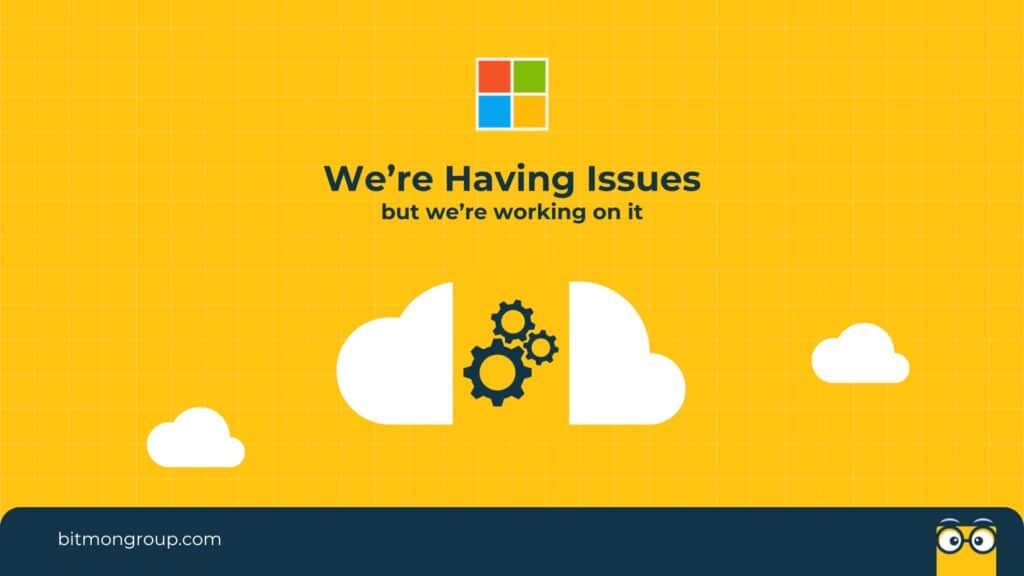In early July 2024, Microsoft Azure, one of the leading cloud service providers, experienced a major outage that disrupted services for thousands of businesses worldwide. Lasting for approximately 48 hours, this incident highlighted the vulnerabilities inherent in cloud infrastructure and the importance of preparedness and resilience. In this blog post, we’ll explore the details of the outage, its impact, and the crucial lessons businesses can learn to safeguard against similar disruptions.

The Incident Overview
On July 2, 2024, Microsoft Azure’s cloud services faced a critical disruption due to a severe hardware failure in one of their key data centers. This hardware issue, compounded by a software bug, caused the outage to spread across multiple regions, affecting a wide range of services including cloud storage, virtual machines, and databases.
Cause and Impact
The primary cause of the outage was identified as a malfunctioning hardware component. A software bug aggravated the situation, causing the issue to cascade and impact additional services. As a result, businesses relying on Azure experienced downtime, loss of access to essential applications, and operational disruptions. The impact was felt across various industries, from e-commerce to financial services.
Microsoft’s Response
In response to the outage, Microsoft acted swiftly to address the problem. They provided regular updates to affected customers, worked around the clock to restore services, and identified the hardware and software issues at the root of the problem. By July 4, most services were back online, but the aftermath of the outage was significant.
Lessons for Businesses
- Understand Your Cloud Provider’s Resilience: While cloud services offer numerous benefits, they are not immune to outages. It’s essential to understand your provider’s disaster recovery and incident response plans. Evaluate their track record and ensure they have robust measures in place to handle failures.
- Have a Contingency Plan: Develop a contingency plan to manage and mitigate the impact of cloud service disruptions. This includes having backup systems and processes that can be quickly activated to maintain business continuity.
- Regular Backups: Regularly back up critical data and applications. Ensure that your backup strategy includes off-site or multi-cloud solutions to protect against data loss and facilitate a quicker recovery.
- Communicate with Stakeholders: During an outage, keep your stakeholders informed. Transparent communication can help manage expectations and reduce the impact on customer trust and satisfaction.
- Review and Update IT Infrastructure: Post-outage, review your IT infrastructure and cloud strategy. Consider diversifying your cloud providers or incorporating additional redundancy to reduce single points of failure.
The Microsoft Azure outage serves as a reminder of the importance of resilience in the cloud era. By understanding the potential risks, preparing for contingencies, and maintaining clear communication, businesses can better navigate the complexities of cloud services and protect their operations from future disruptions. As technology continues to evolve, staying informed and proactive will be key to maintaining business continuity in the face of unexpected challenges.







